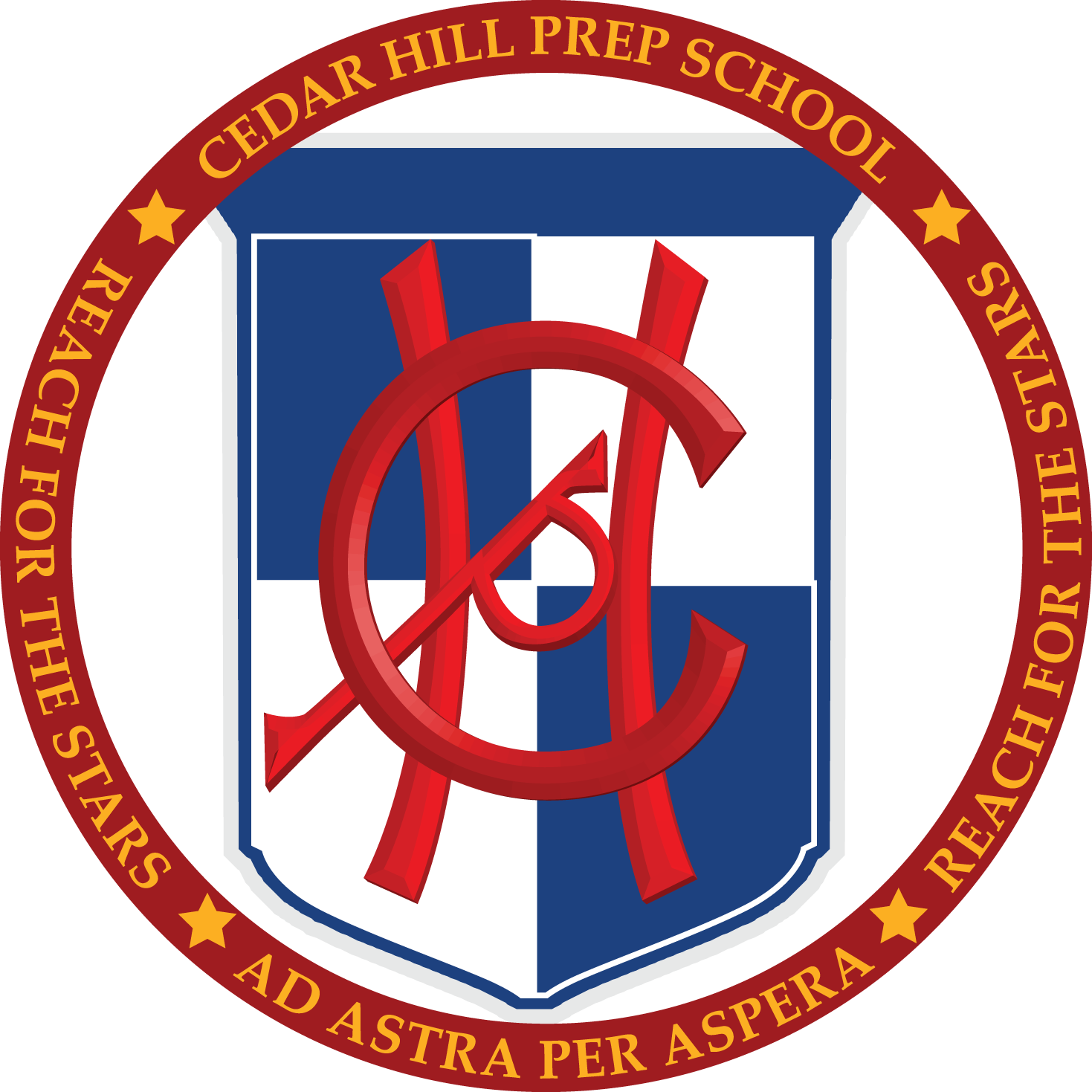
Lately it seems as though every news segment or article discussing American education is concerned with one of two things: the ever-increasing dependence on standardized testing and test scores, or the push for STEM (science, technology, engineering, and mathematics) initiatives in primary and secondary schools. For the other subjects and programs, especially art programs, we usually only hear about those after they’ve been cut thanks to a shrinking budget.
And yet, if we want our students to excel at math, science, and reading, fine arts are the last subjects we should be removing from our curriculums.
 The Argument for Macaroni Necklaces
The Argument for Macaroni Necklaces
The foundation for a strong academic career, one marked by continued excellence and determination, as well as life-long success, is set during the primary schools years. The primary school years begin with pre-k and kindergarten. As any parent who’s had a 3, 4, or 5-year-old will know, it’s during these years that a child never stops asking why. They’re constantly observing the world around, actively learning, developing their own skills and abilities.
One of the simplest and most effective ways to help young children engage with the world around them while developing their own abilities is through art. In the test-driven, STEM-driven world of today there’s a tendency to dismiss creative endeavors. They’ve been labeled as less than necessary, and yet this label couldn’t be any further from the truth. It’s become clear that simple activities – like the ever popular macaroni necklace – serve as valuable stepping-stones for a growing child in a kindergarten or pre-k classroom, and here’s why:
Art Encourages Problem Solving and Critical Thinking
When working with any artistic medium – be it pencils, crayons, paint, or macaroni – children aren’t just making refrigerator-worthy masterpieces, they’re actively building their ability to make decisions. As research by Americans for the Arts points out, the efforts that go into solving simple dilemmas – like establishing the color of an apple or figuring out the best way to hold scissors and paper in order to snip out a square – help to lay the foundation for a child’s ability to think critically and actively problem solve.
Art Helps Children Develop Language and Motor Skills
Art is one of the simplest ways to help children expand their vocabulary and improve communication skills. A single classroom activity has the potential to introduce a child to dozens of new words and concepts: shapes, colors, textures, materials, actions – the list is endless. Furthermore, each creative project provides opportunities for young children to express their thoughts and describe their creations verbally, which in turn helps to develop their ability to construct and verbalize complex thoughts.
At the same time, arts and crafts are perfect for helping children develop their fine motor skills. While holding a pair of scissors may be a simple task for older children and adults, for preschoolers it’s the first step towards having the ability hold a pencil and write.
Art Leads to Improved Academic Performance
It’s been proven, time and time again, that students are able to perform at their academic best when a school’s programs incorporate fine arts and the humanities. By introducing art at an early age, a school helps to stimulate and strengthen childrens’ “right-brain” abilities (i.e. their creativity, imagination, and emotionality). In turn, they become better suited to complete “left-brain” activities (i.e. working with numbers, logic, language, and reasoning. According to a report from Americans for the Arts, children who partake in the arts regularly – for at least three hours a day, three days a week, through a full year – are four times more likely to attain high levels of academic achievement.
What’s the takeaway?
To put it simply: Art makes for capable and creative young children with a greater likelihood of long-term achievement, academic excellence, and success. By laying a solid foundation during the pre-k and kindergarten years, with art as the mortar that holds it all together, a child is being given the tools he or she will need to reach his or her full potential.
You can find out more about CHP’s pre-kindergarten, junior kindergarten, and kindergarten curriculums here. More information about CHP’s afterschool art programs can be found here.





